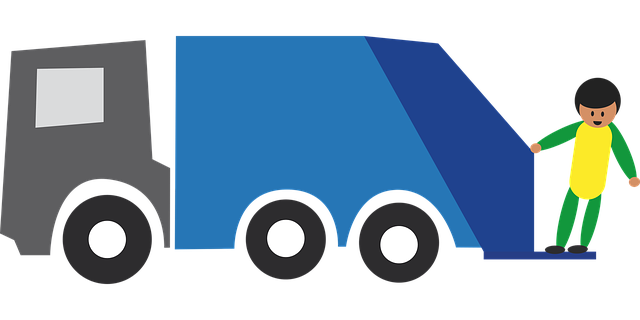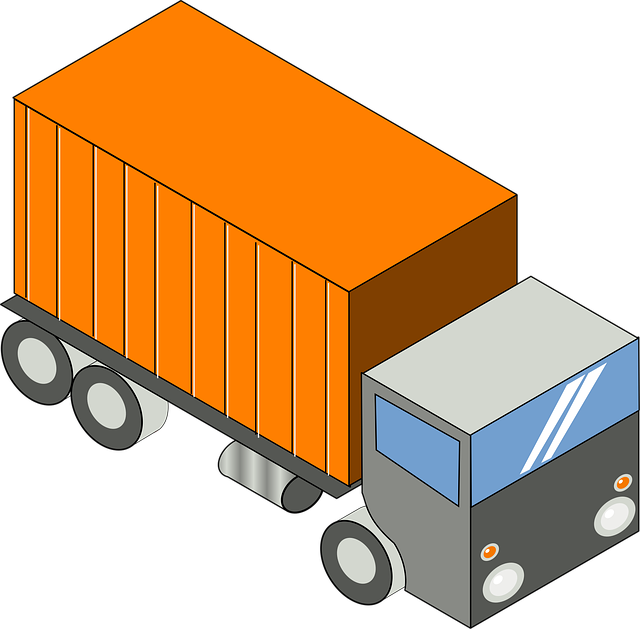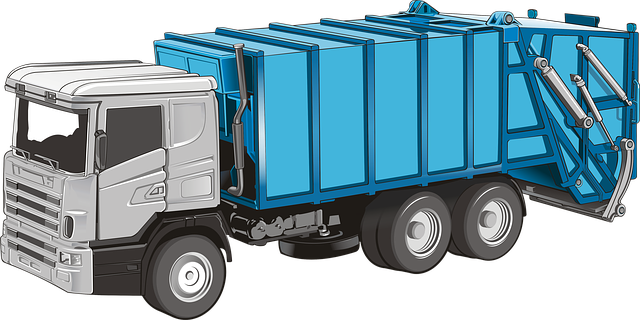Looking to register your car in California? This comprehensive guide will walk you through the process step by step. First, understand the eligibility requirements for car registration in California, ensuring your vehicle meets state standards. Gather all necessary documents, including proof of ownership and insurance. Next, perform a DMV-approved VIN verification to ensure your vehicle’s authenticity. You can choose to register online or in-person, both facilitated by our dmv vin verifier. Pay the required fees and obtain your official registration papers for seamless California car registration.
- Understand Eligibility Requirements for Car Registration
- Gather Necessary Documents for California DMV
- Perform Vehicle Identification Number (VIN) Verification
- Complete Online or In-Person Registration Process
- Pay Registration Fees and Obtain Registration Papers
Understand Eligibility Requirements for Car Registration

Before you begin the registration process, it’s crucial to understand the eligibility requirements set by the California Department of Motor Vehicles (DMV). To register your car in California, your vehicle must meet specific criteria, including being legally owned and insurable. Additionally, you’ll need to pass a vehicle inspection, which often involves a DMV VIN verifier to check the vehicle’s identification number (VIN) and ensure it matches the registered owner.
A key step is ensuring the car’s title is clear and free of any liens or outstanding issues. You can obtain a clean title through a bill of sale or by paying off any existing loans on the vehicle, often facilitated through a mobile VIN verification process that confirms the vehicle’s authenticity and history. The DMV also requires proof of insurance, so have your policy details readily available during registration, which may include submitting documents for a vin inspection to demonstrate compliance with California’s safety and emission standards.
Gather Necessary Documents for California DMV

Before you register your car with the California Department of Motor Vehicles (DMV), make sure to gather all the essential documents. This process is crucial for a smooth and efficient registration experience. You’ll need your vehicle’s Registration Application (Form DVF 140), which can be obtained from the DMV or downloaded online. Additionally, have your valid driver’s license and proof of insurance ready.
For out-of-state vehicles, you might require a Title and a completed DMV Form 3578 (Certificate of Ownership Transfer). If your car is new, ensure you have the manufacturer’s certificate of origin (MCO) or a purchase agreement. The DMV also recommends using a trusted DMV vin verifier to check your vehicle’s history and identify any potential issues, which can be done conveniently through a mobile vin verification service.
Perform Vehicle Identification Number (VIN) Verification

Before you can register your car in California, it’s crucial to ensure that the Vehicle Identification Number (VIN) is legitimate and matches the vehicle accurately. This step involves a VIN verification process, which can be completed through a dmv vin verifier or even with the help of mobile vin verification services. These tools cross-check the VIN against state records to confirm its authenticity and history.
A valid VIN inspection ensures that the car isn’t stolen, has no outstanding loans or liens, and meets safety standards. It’s a critical step in the registration process, as it protects both you as the owner and the state by ensuring only legitimate vehicles are on the road. Consider using a mobile vin verifier for convenience, allowing you to complete this verification swiftly and from the comfort of your location.
Complete Online or In-Person Registration Process

You have two options when registering your car in California: complete the process online or in-person at a DMV office. Both methods involve gathering essential documents and providing accurate information, but going digital can save you time and effort. If you choose the online route, start by visiting the California DMV website and accessing their registration portal. Here, you’ll need to input your vehicle’s unique identifier, known as the Vehicle Identification Number (VIN), using a reliable VIN verifier like the official DMV VIN lookup tool or a mobile vin inspection service.
Once verified, create an account, provide details about your car, and follow the step-by-step instructions. Alternatively, if you prefer an in-person approach, schedule an appointment at your nearest DMV field office. Bring along your vehicle’s registration documents, proof of ownership, and identification. A mobile vin inspection might still be useful here to ensure your data is accurate before submitting your application.
Pay Registration Fees and Obtain Registration Papers

After ensuring your vehicle meets all necessary standards during the smog test, it’s time to pay the registration fees. The California Department of Motor Vehicles (DMV) charges a fee for registering your car, which varies based on the type and age of your vehicle. You can typically pay these fees online or in-person at a local DMV office. Once the payment is processed, the DMV will issue your registration papers, also known as a Certificate of Registration and Title. This document confirms your vehicle’s legal status and is essential for daily driving and insurance purposes.
For added convenience, many individuals opt for a mobile vin inspection or mobile vin verification service, allowing them to complete the registration process without visiting a DMV office. These services utilize a dmv vin verifier to ensure all information is accurate before issuing the registration papers, streamlining the overall registration experience.
Registering a car in California is a straightforward process that requires understanding the eligibility criteria, gathering essential documents, and completing the registration form via an online or in-person approach. Always ensure your vehicle meets the state’s safety standards by performing a DMV VIN verification to avoid any legal issues. Once all steps are accomplished, you’ll receive your registration papers, allowing you to legally operate your vehicle on California roads.
